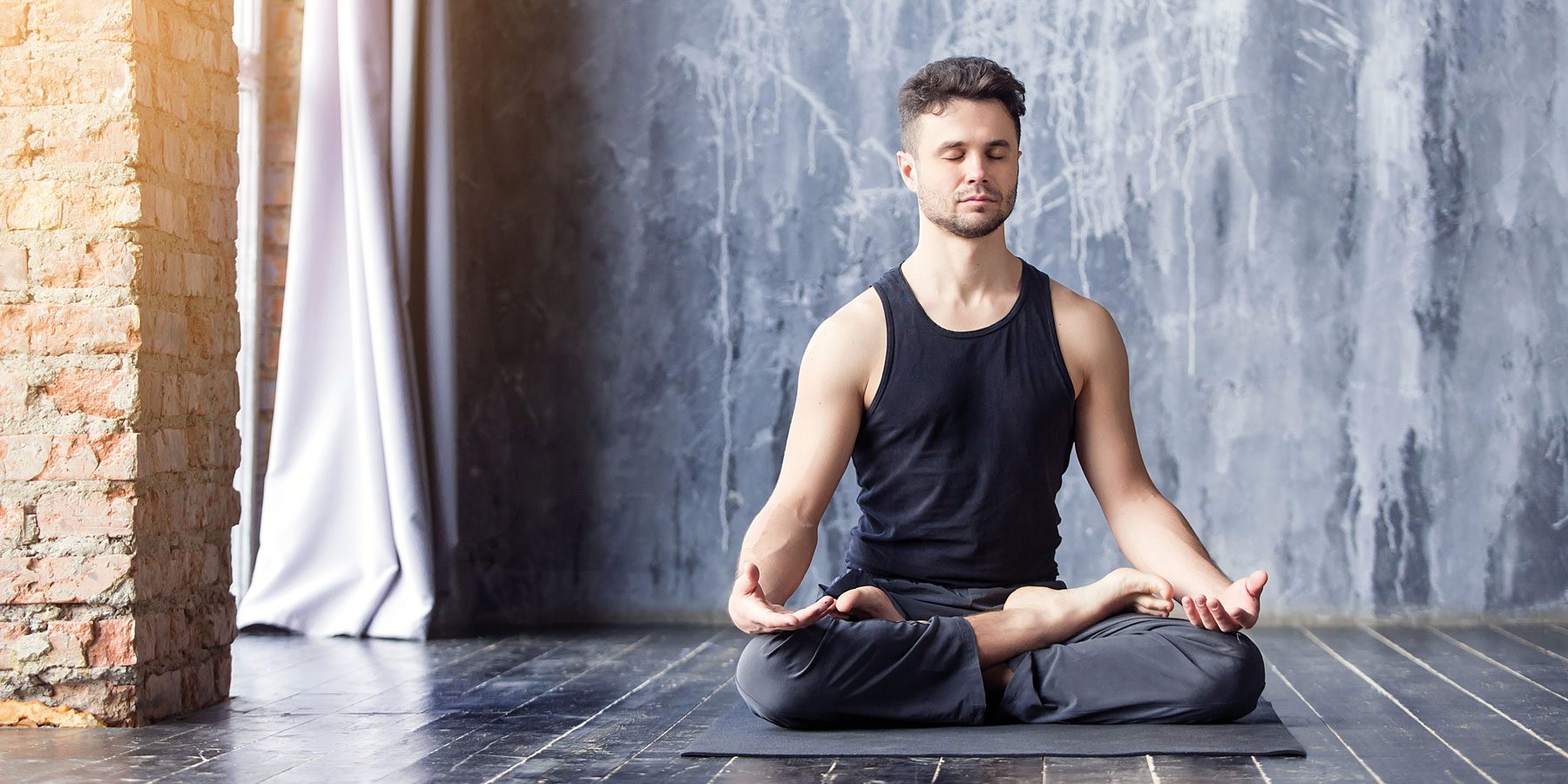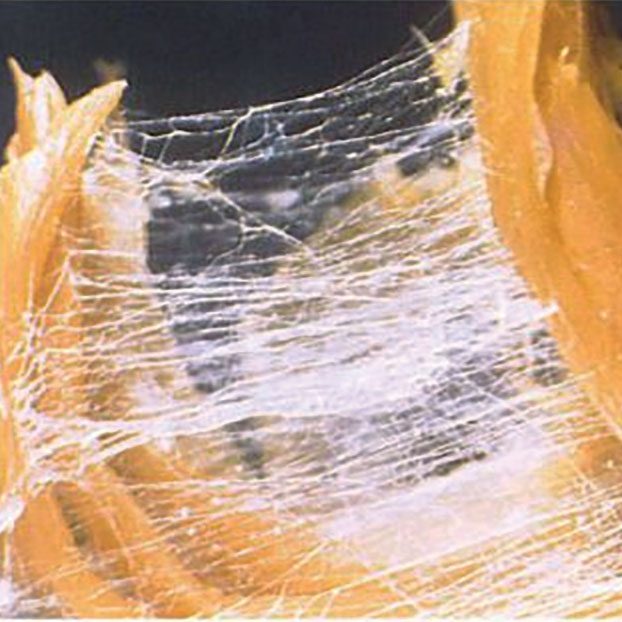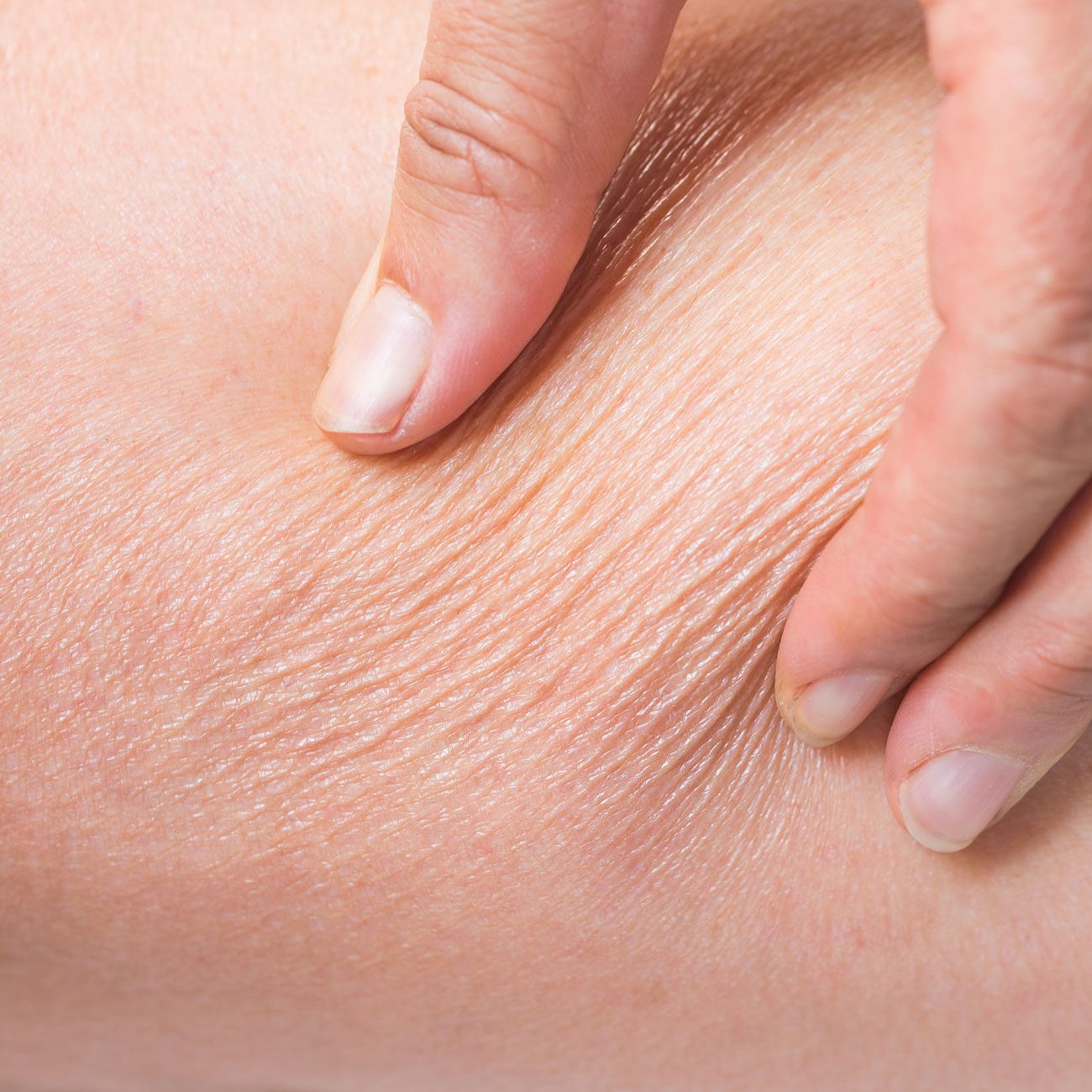
4 Ways to Free Your Fascia
Focus on your fascia for ultimate freedom of movement. By Crystal Skinner
Fifteen years ago, I found that no amount of stretching my muscles would change my flexibility or freedom of movement, even though I was training almost eight hours a day during the time, in four different forms of dance. (It was exhausting to say the least.)
But after I discovered Yin Yoga and myofascial release, the change in my body was almost immediate. I learnt to understand the important role of working with the fascia (connective tissue) to really find that freedom of movement and, in turn, the mind.
So what is fascia? Fascia has been symbolised as a fibrous space suit over the body. It is made up of collagen fibres connecting one part of the body to another. To look at from the inside, fascia resembles thick cobwebs.
These cobwebs interlink through muscles, joints, ligaments and bones, creating a weave of connection between them. This is the reason why the fascia is also known as the ‘connective’ tissue.
But there isn’t just one type of fascia. There are superficial layers of fascia under the surface of our skin and all over our body, even on our heads, and deeper
layers of fascia beneath.
Pulling effect
It is important to understand that if you are not so mobile in one area, it may not necessarily be that particular area that is causing your immobility. This is because that one area of the fascia can create a pulling effect on other areas of the body and, in turn, a tightness in an opposite area.
If you injure yourself and don't seek help in keeping the area mobile, you end up with lots of scar tissue that is effectively a large mass of fascia build up, made to protect your body with padding. Therefore, those areas of heavy scar tissue tend to click, move rigidly and can be prone to pain, because there literally isn't enough space
om body for our joints and muscles to move freely in that cluster of thick cobwebs (fascia). We feel pain because our bones, ligaments and muscles are moving so close to one another causing friction, which creates inflammation in the area.
The good news is there is a way out of pain, inflammation, joint clicking, immobility and stiffness by breaking down, tearing and/or loosening the fascia. In turn, this is an excellent assistant in enhancing your flexibility and range of movement. It will also help to create a sense of calm in the mind, as the body is not holding on to so much stress and tension.


Four ways to loosen your fascia
1. Manual myofascial release from a therapist
To manually release the superficial layers of fascia, a therapist can roll your skin. During this process the patient can mainly hear popping and cracking, as the fascia breaks up.
To work deeper into the body a therapist can release the fascia by massaging over the cross fibres of a particular area in the same direction for a certain amount of time, or they can place a firm pressure in one area, holding for approximately one to two minutes, releasing for a few seconds, then repeating as needed (some call this trigger point release). This would be repeated multiple times in the target area until the fascia has been broken.
2. Manual myofascial release with a tennis ball.
This method follows the same techniques as a therapist (as described above)…but with a tennis ball as the therapist. There are three techniques to release the fascia with a tennis ball. These include:
Side to side roll (shafting): applying pressure as desired.
Up and down rolling: applying pressure as desired.
Pressure and release: pushing the tennis ball into the area, holding for one to two minutes and releasing for a few seconds, then repeating until a release has happened. It is also important to work into surrounding areas when targeting a certain area and to be mindful that the area in pain could mean that there is an opposite
part of the anatomy that is stiff. For example, if you are feeling pain in your hamstrings, work into the quadriceps first.
Note: It is advisable to seek assistance from a trained professional before you try this technique on your own.
3. Yin Yoga
Holding asana postures between 3.5 minutes to 5 minutes, with breathwork, to break up tight fascia. The student must not come out of the posture before these timings to achieve a stretch into the fascia and not just the muscle area. Note: Find a Yin Yoga class in your area to be guided professionally through a Yin sequence or find a teacher who can give you a one-to-one session specific to your needs for best results.
4. Yin Yoga and manual myofascial release with a tennis ball
A mixture of manual myofascial release with a tennis ball followed by yoga asana postures that are held between 3.5 minutes and 5 minutes. (The student must not come out of the posture within this time to achieve a stretch into the fascia and not just a stretch in the muscle.)
In any of the above techniques, an uncomfortable pain is common because you are working to break the fibrous tissues of the fascia. However, a sharp
shooting pain is telling you the technique you are using is incorrect. It is therefore advisable to seek a trained specialist in myofascial release for positive results and to avoid any damage to your body.
What the experts say
Irvind Sihota is a musculoskeletal, paediatric, neurological physiotherapist from Brighton and is trained in myofascial release. He believes the role of the fascia should be the starting point when it comes to pain relief and increasing flexibility. He explains: “Whilst muscles have clear origins and insertions, fascia overlaps to create longer chains. A simplistic analogy for the role of fascia in a long kinetic chain could be like imagining a tube filled with muscles end to end. As muscles contract and relax, the tension of the tube changes. The more knots there are in this tube, the less freedom of movement. Manual myofascial therapy can reverse these tensions and knots, changing the whole kinetic makeup of the body and increasing its overall mobility and fluidity in the system.“ Jo Phee is the founder of Yinspiration, providing courses in yoga, myofascial release and Chinese medicine. Among many things, she trained in anatomy and kinesiology at Marquette University in Wisconsin and myofascial release at the John Barnes MFR Institute, as well as attending fascia school at Ulm University, Germany and the Anatomical Institute of Leipzig University. She explains that “myofascial release is a technique that releases the tension in the connective tissue of the body, where we can begin to enjoy more ease and mobility overall. You will also find you have improved posture as well as stability when using myofascial release in your daily life, but most importantly it creates a clean balance of neuromuscular
coordination from within.”
Crystal Skinner is Yoga Alliance-certified instructor in Hatha, Vinyasa, Yin, Swing Yoga and myofascial release. Her teaching focuses on pain management and freedom of the mind and body. She offers private Yin Yoga and myofascial release sessions at home or in the studio (starting from £50 per hour). Visit: freedomyogawithcrystal.com




